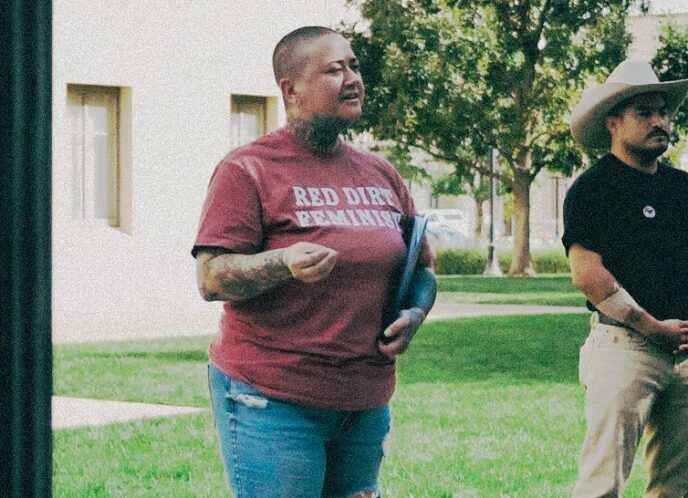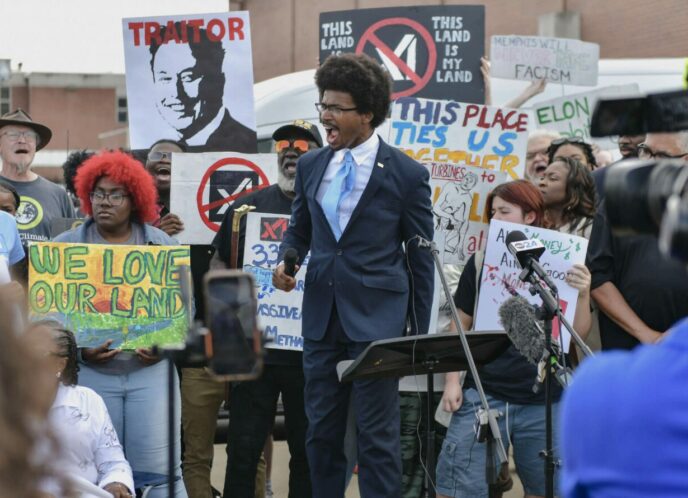From eighth grader, Joshua Edwards in Citronelle, Alabama to Daryl Bingham in Oak Brook, Illinois, people in communities without Internet access rely on third parties, in these cases a local McDonald’s, to access the Internet and leverage its many social, economic, educational and health benefits. No American should be forced to access Internet through a fast food restaurant. But for many, like Joshua and Daryl, this is their only option.
The FCC’s Eighth Broadband Progress Report found that 19 million Americans still lack access to broadband. Rural and tribal communities are more acutely affected, with 25% and 33% lacking access respectively. And within rural and low-income communities, communities of color are hardest hit by the lack of access which is particularly troubling since these groups are the nation’s fastest-growing populations, upon which our future prosperity depends.
Last week the FCC hosted the “Broadband Summit 2013” – to “identify and discuss best practices learned from broadband adoption programs – particularly [as they relate to] low-income households, racial and ethnic minorities, seniors, rural residents, residents of Tribal lands and people with disabilities”.
The room was filled with mostly well-meaning colleagues from the FCC, national policy organizations, federal broadband grant recipients and others who unfortunately, were not surfacing the challenges and the potential solutions communities of color have lifted up since the implementation of the National Broadband Plan. While discussing “broadband adoption” is important, without the critical infrastructure, whether through wireless spectrum networks or hard-wired broadband to access the Internet, the most disconnected cannot even begin to think about adoption in their homes and are left with places like McDonald's as their only option.
So what’s the solution? After extensively working on broadband in places like Mississippi, the Center for Social Inclusion, working closely with local community groups and national thought leaders, has surfaced community-scale innovations as a viable solution that underserved communities have been trying to develop
What is community-scale? Community-scale infrastructures can be publicly owned municipal networks, non-profit community owned entities, network infrastructures and services operated by local entrepreneurs or privately owned companies but must consider community benefits (i.e. hold a stake in the community and are responsive to its residents). CSI’s report, The Promise and Challenge of Community Broadband Models, surfaces the major principles of community-scale.
What about wireless/mobile access? Many organizations and policy think tanks are touting wireless and mobile phone access as the solution to connect the so-called “left-behind.” While CSI believes these entry points are important – mobile phones do not have the functionality of desktop or laptop and wireless services are still not delivered at an affordable cost in all communities – both still leaving a sizeable gap. That being said, an opportunity does exist as spectrum auctions take place at the FCC later in the year. As the FCC prepares, they must assess how companies will utilize acquired airwave space to the benefit of local communities and require companies to develop community benefit metrics. Additionally, at least 50% of unlicensed spectrum should be dedicated to innovators and entrepreneurs working on community- scale in the wireless space.
The FCC, the Obama Administration and other federal agencies making grants to increase broadband should support community scale by prioritizing investments for the development of community-scale infrastructure in communities still lacking access. No person should have to rely on fast food restaurants as a sole source for connecting to the Internet and with investment in the types of policy solutions that would begin to address infrastructure needs of communities lacking access, no person will have to.
 Simran Noor, Coordinator of Advocacy, The Center for Social Inclusion. In her role as Coordinator of Advocacy, Simran is responsible for policy research and analysis, cultivating and maintaining relationships with grassroots and national allies and working closely with the data-based research team for advocacy strategy and tool development.
Simran Noor, Coordinator of Advocacy, The Center for Social Inclusion. In her role as Coordinator of Advocacy, Simran is responsible for policy research and analysis, cultivating and maintaining relationships with grassroots and national allies and working closely with the data-based research team for advocacy strategy and tool development.



